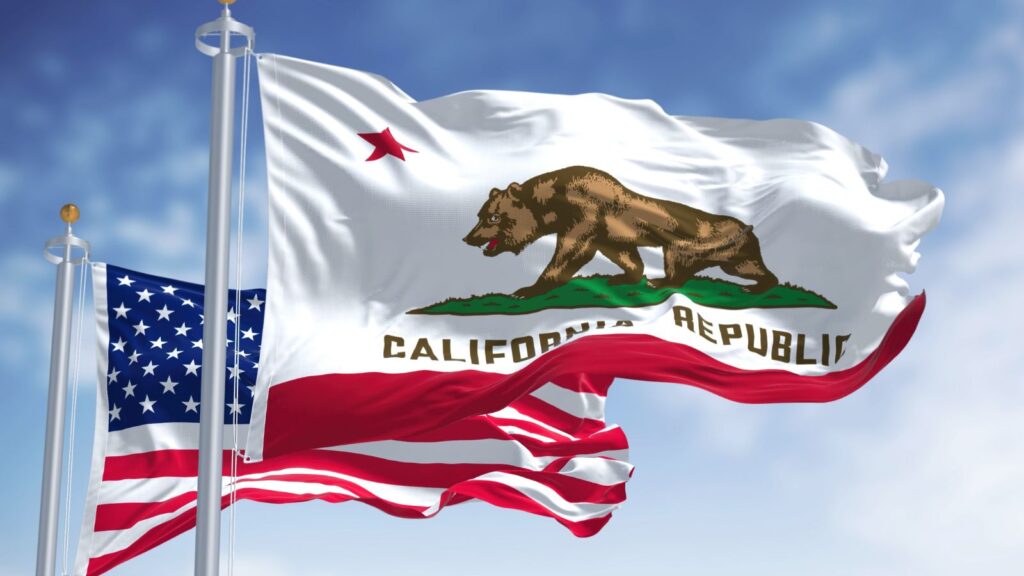If you ever feel like your wallet’s a little too light after going to the grocery stores in California, you’re not just imagining things. Food in the Golden State really is a lot more expensive than in some other places in America. But why? Let’s look at 18 reasons why everything’s a lot pricier in California’s grocery stores.
Living Large

In California, practically everything is a lot more expensive, whether that’s your morning coffee or your rent. Groceries are no exception. Higher living costs across the board mean supermarkets need to pay their bills, too, and they’ll usually pass on some of these costs to us shoppers.
Going Green

California loves its green policies as they’re pretty great for the planet. Unfortunately, they’re not so good for our wallets because those eco-friendly rules force farmers and food producers to spend more so that their food stays clean. As you might’ve guessed, that extra cost trickles down to our grocery bills.
The Cost of Transport
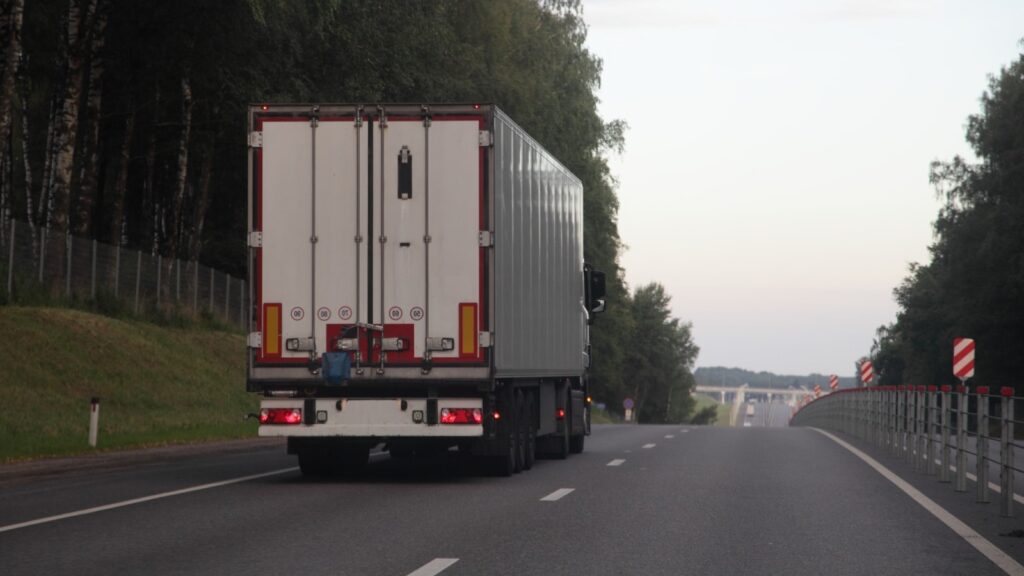
Think about how far your food traveled just to reach you. In California, transporting food takes a while, and it’s also pretty expensive. As the food has to travel such a long journey, that means high fuel bills, which lead to higher delivery costs. Guess who gets to foot the increase in that bill?
Exotic Tastes
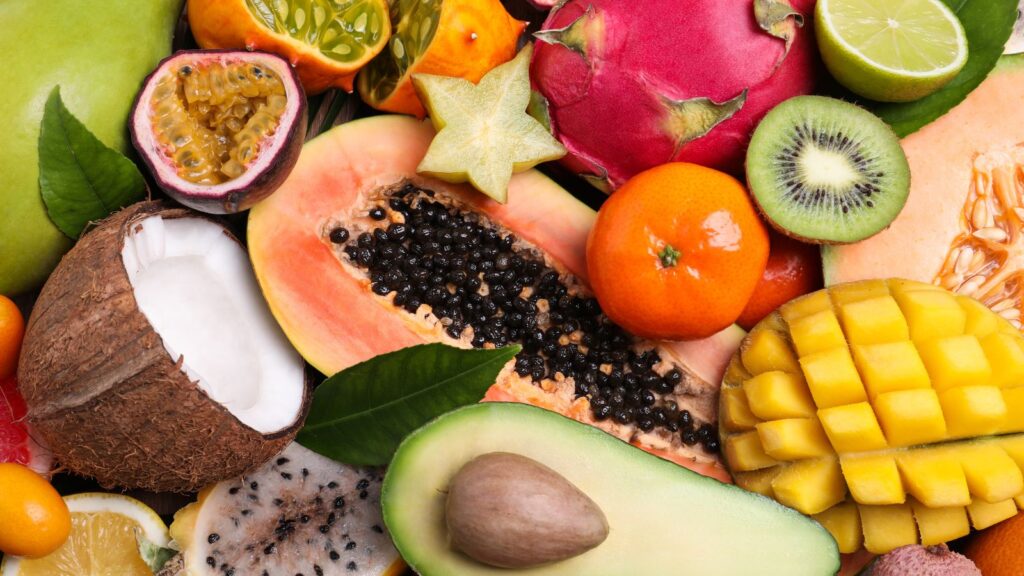
Similarly, many Californians have a taste for the exotic, like tropical fruits and French cheeses. These have to be imported from far away, and each of these exotic foods comes with import and shipping costs that increase their prices at the checkout. With such a demand for international cuisine, it’s no surprise things are more expensive.
The Trouble With Tariffs
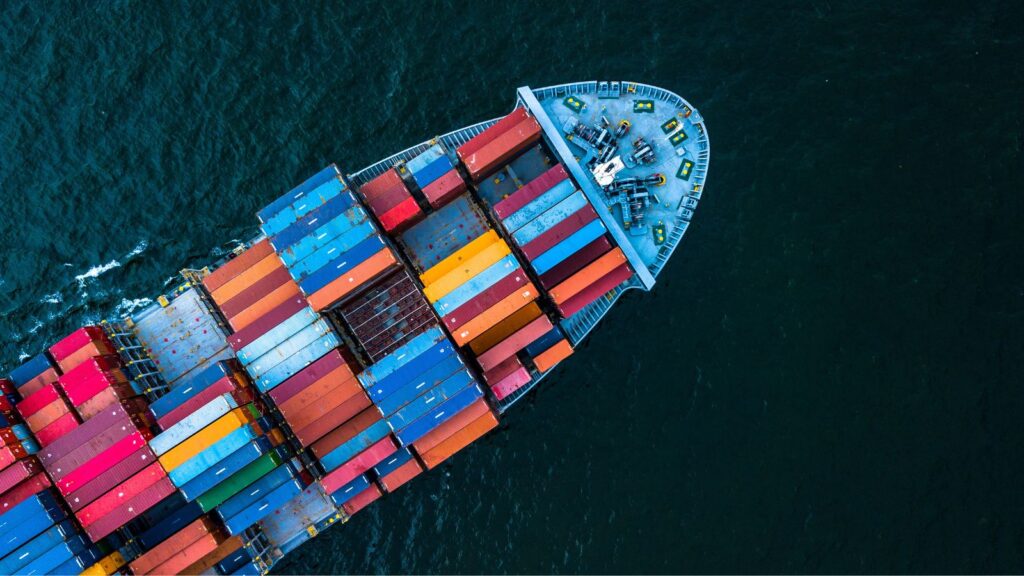
When the US government puts tariffs on imported goods, this affects everything coming from overseas, including groceries. Of course, this depends on which country the food comes from, as things from China, for example, have a higher tariff than other countries. Either way, food imports become pricier, and the shoppers have to deal with those costs.
No Water

Water is worth its weight in gold in California, thanks to the state’s infamous droughts. Growing crops in these conditions requires more resources, which means our groceries come at a higher price. After all, managing water and trying to conserve it to protect the agricultural industry doesn’t come cheap.
Seasonal Changes
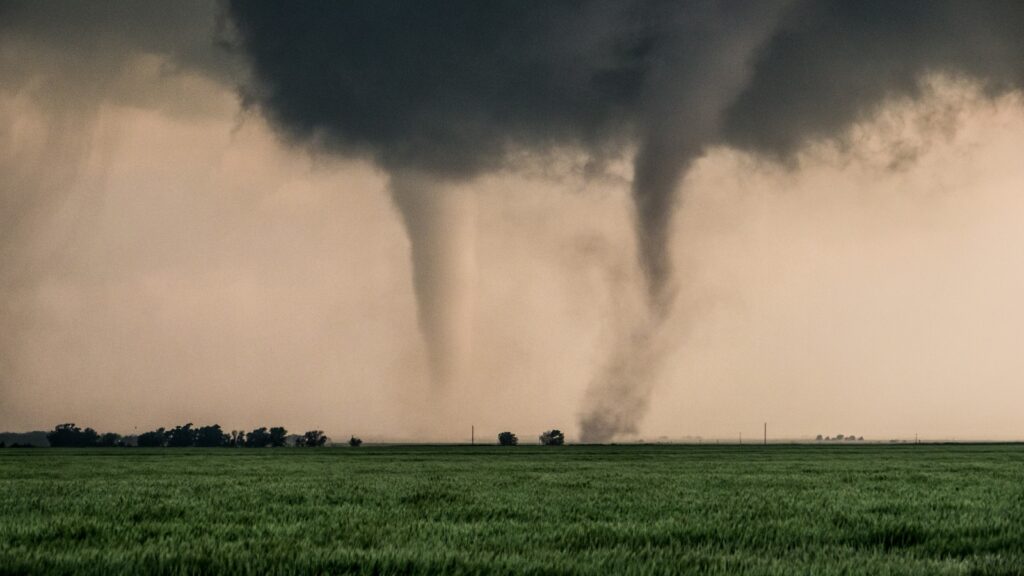
But it’s not just water problems in California, as the state has plenty of other weather issues. For example, earthquakes and wildfires can completely destroy crops and farmland. When these cause a short supply of food, prices in grocery stores increase as well. Food just simply isn’t as widely available anymore.
Fair Wages
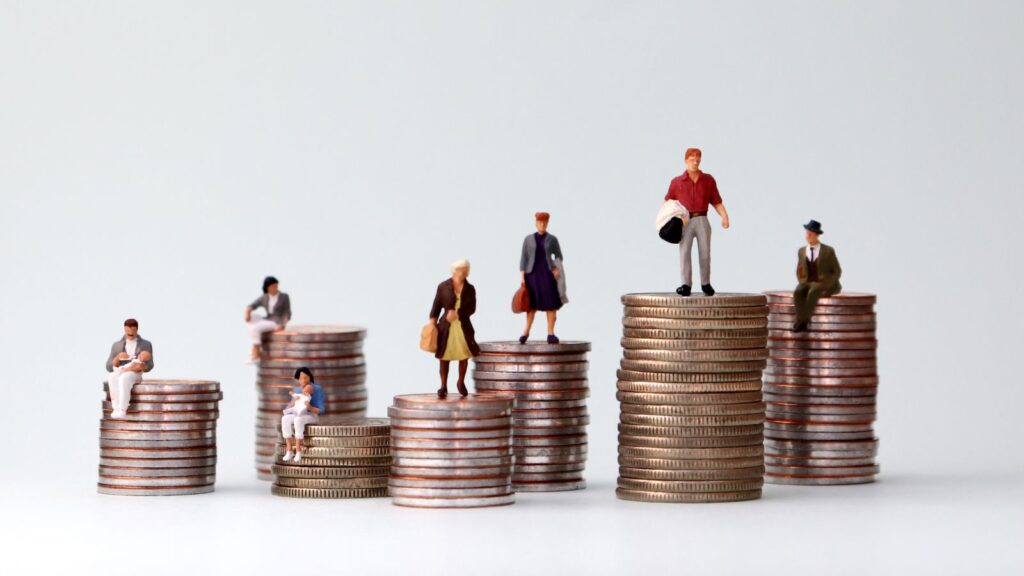
The minimum wage has been rising in California for a while, which is great for workers but means higher staffing costs at your local grocery store. Grocery stores include these costs in the prices of goods, which is why you’ll see an increase in your grocery bill. Every cent that goes up is making sure the people stacking the shelves are paid fairly.
Real Estate

Everyone knows that space is at a premium in California, but not necessarily only for housing. Grocery stores have to pay a lot for prime spots, especially in places like San Francisco or LA, and these costs get added to everything they sell. Sometimes, you’re paying extra just for the store’s address.
Safety First

The Golden State also has some of the strictest health and safety standards around, which make sure that everything you eat is top-notch. Unfortunately, this level of quality doesn’t come cheap, but really, can you put a price on health? We’d much rather be safe from illnesses than get our food cheaply.
Expensive and Organic
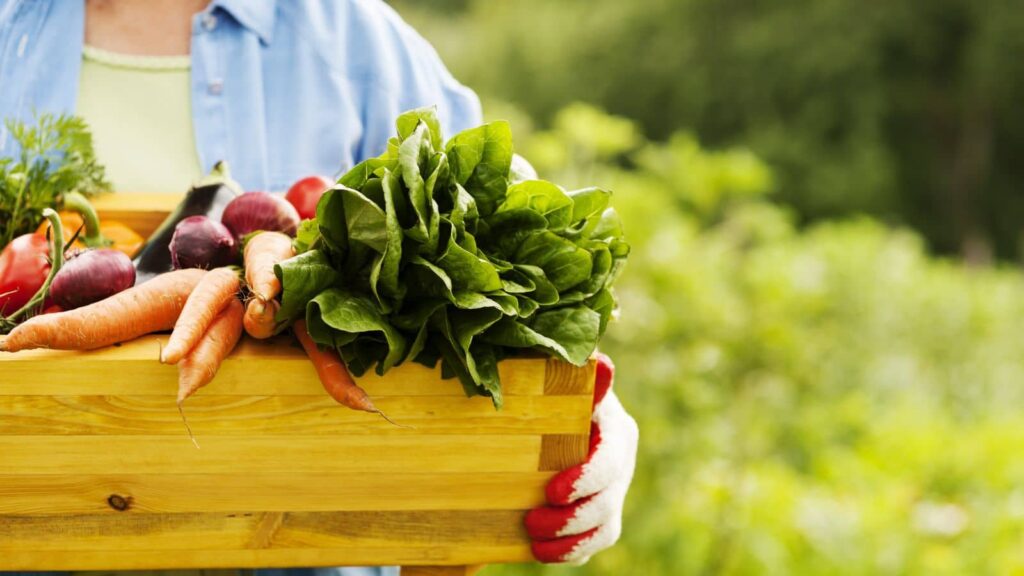
Organic and non-GMO foods are becoming more popular now, but producing them takes a lot more time and money. After all, you can’t use any pesticides or chemicals to keep bugs away or make them bigger. As demand grows, so does the price, so you’ll have to spend a little more if you want a healthier option.
Taxes, Taxes, Taxes

Sales tax in California is much higher than in many other places in the USA, which includes some of the stuff we put in our grocery carts. Across the state, the standard sales tax is 7.25%, but some places have additional taxes on top of that. In the Golden State, nothing comes cheap, and that includes groceries.
Energy Bills

It’s pretty expensive to keep those fresh goods chilled, especially in a state as hot as California. And when you factor in the state’s high energy bills, it’s no wonder that groceries have become so expensive. Grocery stores have some hefty utility bills to pay because a lot of energy goes into keeping their products fresh.
Brand Names

Californians love their brands, particularly the well-known and expensive ones. Premium brands come with premium prices, and the stores in the Golden State stock what the customers want. Even though the average grocery bill might be a lot higher, you’re also getting much better products for that price.
Inflation Nation

While California’s economy is mostly doing well, that does mean that things generally cost a lot more here. Wages and the cost of living are increasing, which means grocery bills have to do so, too. Grocery companies need to keep up with the state’s economic climate, and they can usually only do this by increasing prices.
Insurance Costs
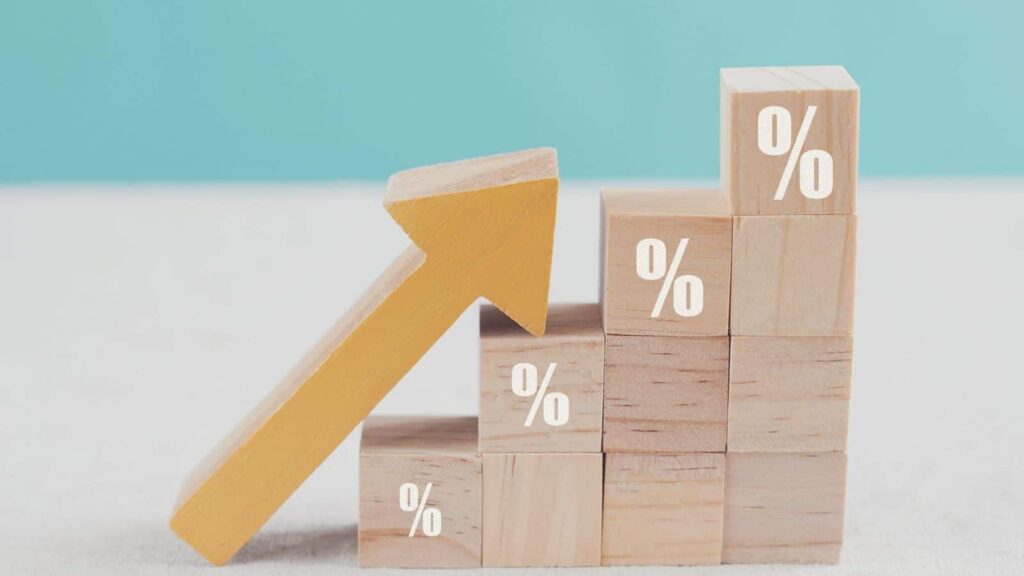
The risk of natural disasters like wildfires and earthquakes means that grocery stores need to get insurance to protect themselves. Unfortunately, insurance costs in California are rising, which means the grocery companies need to avoid this increase somehow. Eventually, you’ll see those higher prices at the register.
Pricey Packaging

California has high standards for safety and sustainability with packaging, which means producers usually use higher-quality materials that’ll last from farm to shelf. This way, your food can stay safe and fresh. But, of course, this fancy packaging means an extra few cents with each product.
Compliance Costs

Following the rules isn’t cheap, and California has plenty of them, including food safety regulations and labor laws. Every time they change or the government introduces a new policy, grocery stores and suppliers have to change their practices to follow suit. So, it’s no surprise that this causes the cost of groceries to increase, too.
19 Grim Realities of Dating After 50 That Are Often Overlooked

19 Grim Realities of Dating After 50 That Are Often Overlooked
26 Things That Will Be Extinct Because Millennials Refuse to Buy Them

26 Things That Will Be Extinct Because Millennials Refuse to Buy Them
24 Outdated Slang Terms You Absolutely Shouldn’t Be Using Anymore

24 Outdated Slang Terms You Absolutely Shouldn’t Be Using Anymore
25 Hardest Parts About Getting Older That No One Ever Talks About

25 Hardest Parts About Getting Older That No One Ever Talks About

